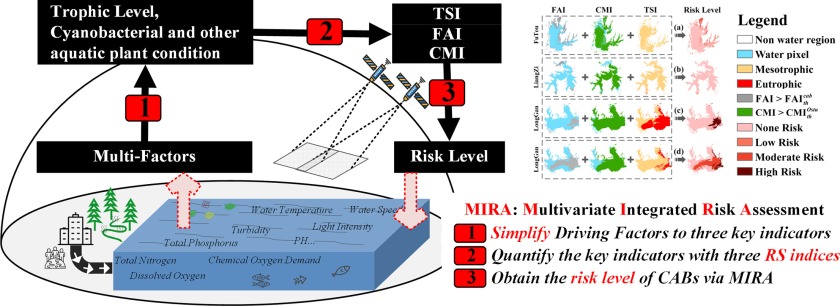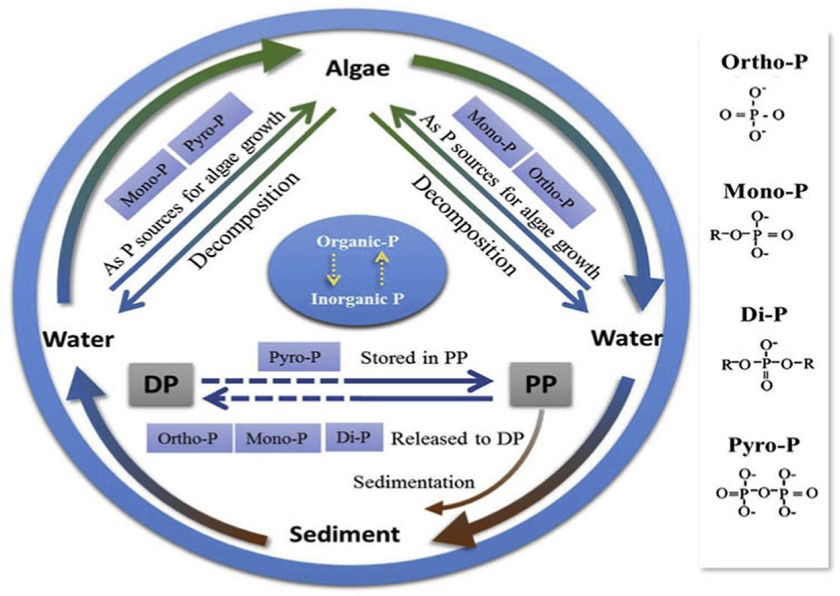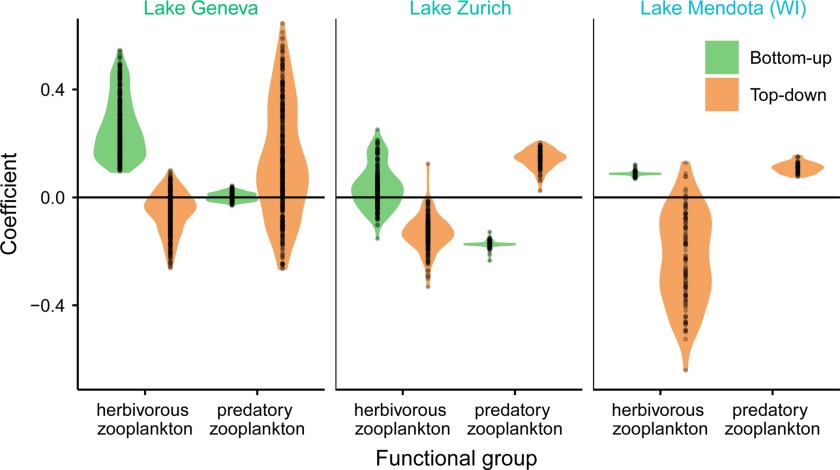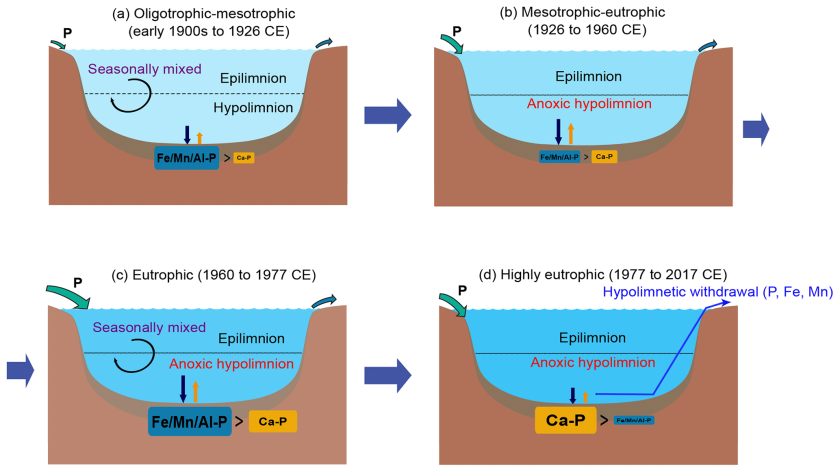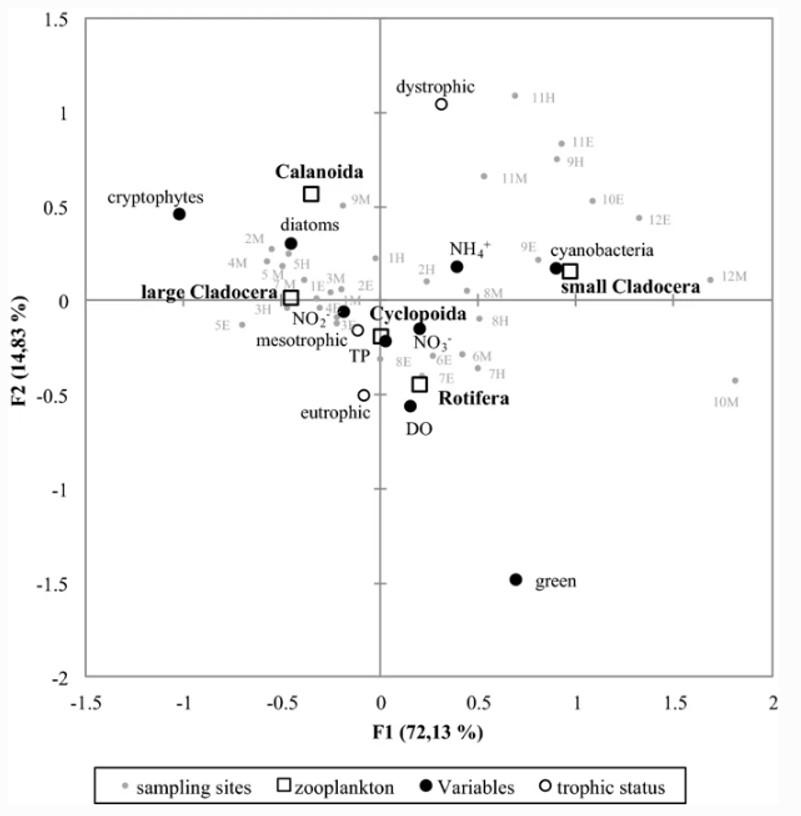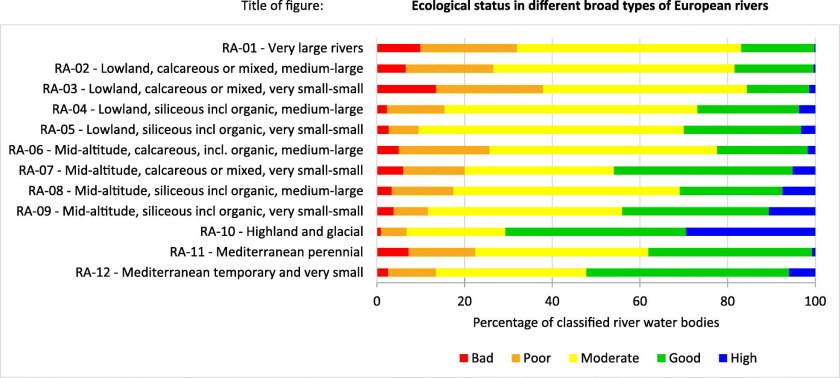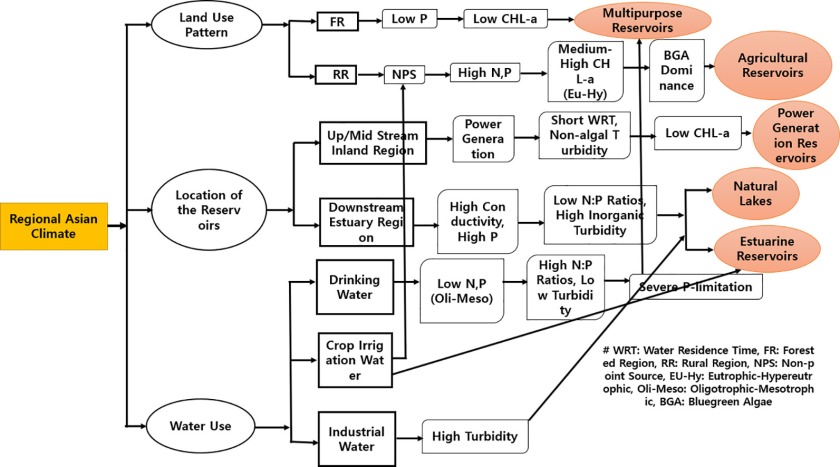
Authors
Md Mamun, Seokcheol Kwon, Jeong-Eun Kim, Kwang-Guk An
The present study aimed to determine the spatial and temporal variations in trophic state and identify potential causes for these variations in 60 Korean reservoirs. Empirical models were developed using the relations of nutrients (total phosphorus, TP, and total nitrogen, TN) with chlorophyll-a (CHL-a) for efficient lake managements. The empirical models indicated that TP was the key regulating factor for algal growth in agricultural (R2 = 0.69) and power generation (R2 = 0.50) reservoirs. The CHL-a:TP and TN:TP ratios, indicators of phosphorus limitation, were used to validate the phosphorus reduction approach. The mean CHL-a:TP ratio of agricultural reservoirs was 0.60, indicating that algal chlorophyll is potentially limited by TP than any other factors. Agricultural, multipurpose, and power generation reservoirs, based on the N:P ratios, were more P- limited systems than natural lakes and estuarine reservoirs. The trophic state index (TSI) of Korean reservoirs varied between mesotrophy to hypereutrophy based on values of TSI (TP), TSI (CHL-a), and TSI (SD). Agricultural reservoirs were hypereutrophic using the criteria of TSI (CHL-a) and blue-green algae dominated the algal community. Analysis of trophic state index deviation (TSID) indicated that agricultural reservoirs were primarily P limited and other factors had minor effect. In contrast, the trophic status of estuarine and power generation reservoirs and natural lakes was largely modified by non-algal turbidity. Our outcomes may be effectively used for Korean lakes and reservoirs management.

